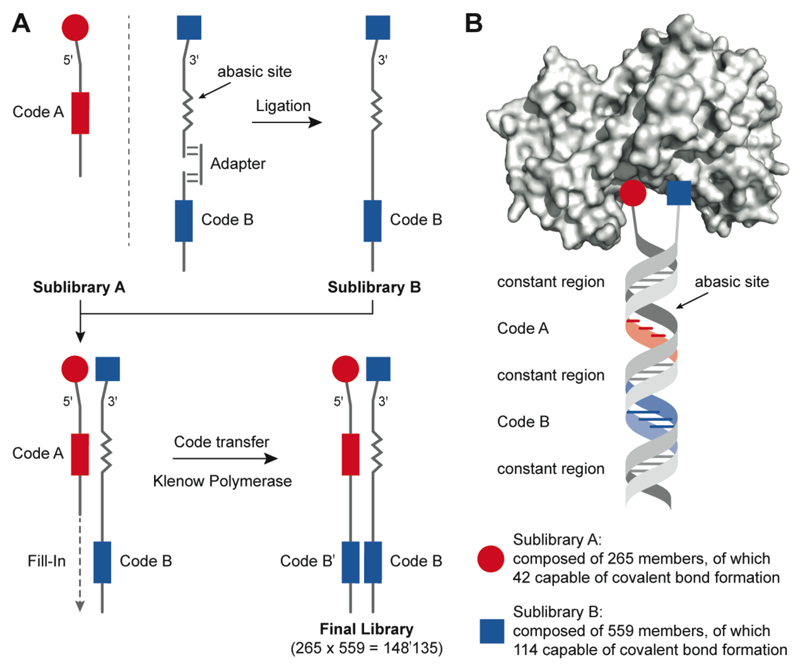Figure 1. Design and encoding of the dual-display DNA-encoded chemical library.
(A) Overview of library construction. The synthesis of sub-library A (red) was performed by coupling a chemical fragment to an oligonucleotide with a distinct coding sequence that unambiguously identifies each individual library member. The conjugates were individually purified and characterized by LC-MS. The sub-library A is composed of 265 members, of which 42 are capable of covalent bond formation. The synthesis of sub-library B (blue) has been described previously (1, Wichert) and was extended with additional 359 building blocks, of which 114 are capable of covalent bond formation. With the help of an adapter, the conjugates were encoded by ligation to code B oligonucleotides. Sub-library B was hybridized with sub-library A and Klenow polymerase-assisted fill-in reaction allowed the code transfer onto the sub-library A strand to form the final library of 148’135 members. (B) Schematic representation of a member of the dual-display library binding to a target protein. The library is formed by hybridization of two individually synthesized sub-libraries A and B, resulting in a combinatorial library A × B.

